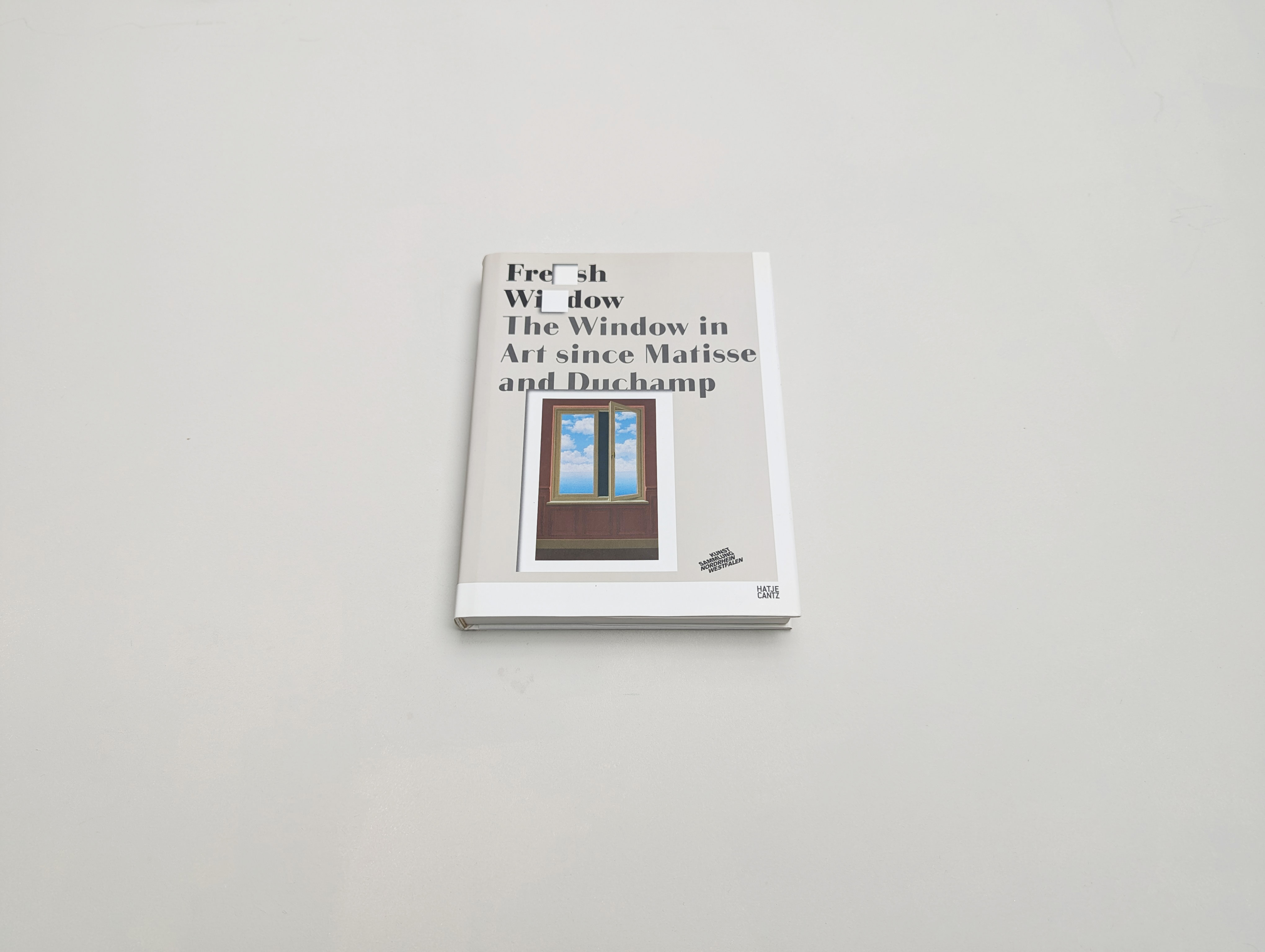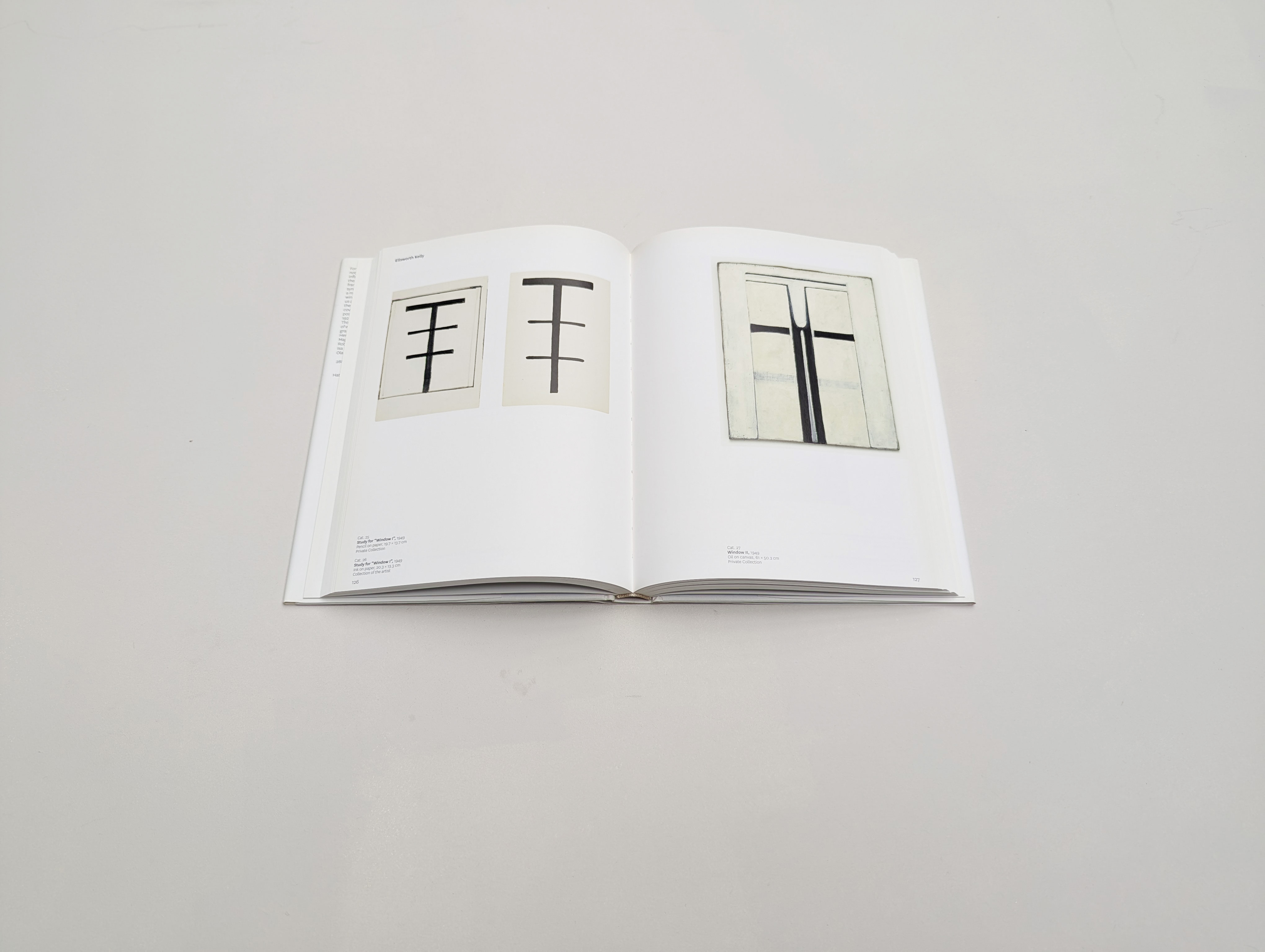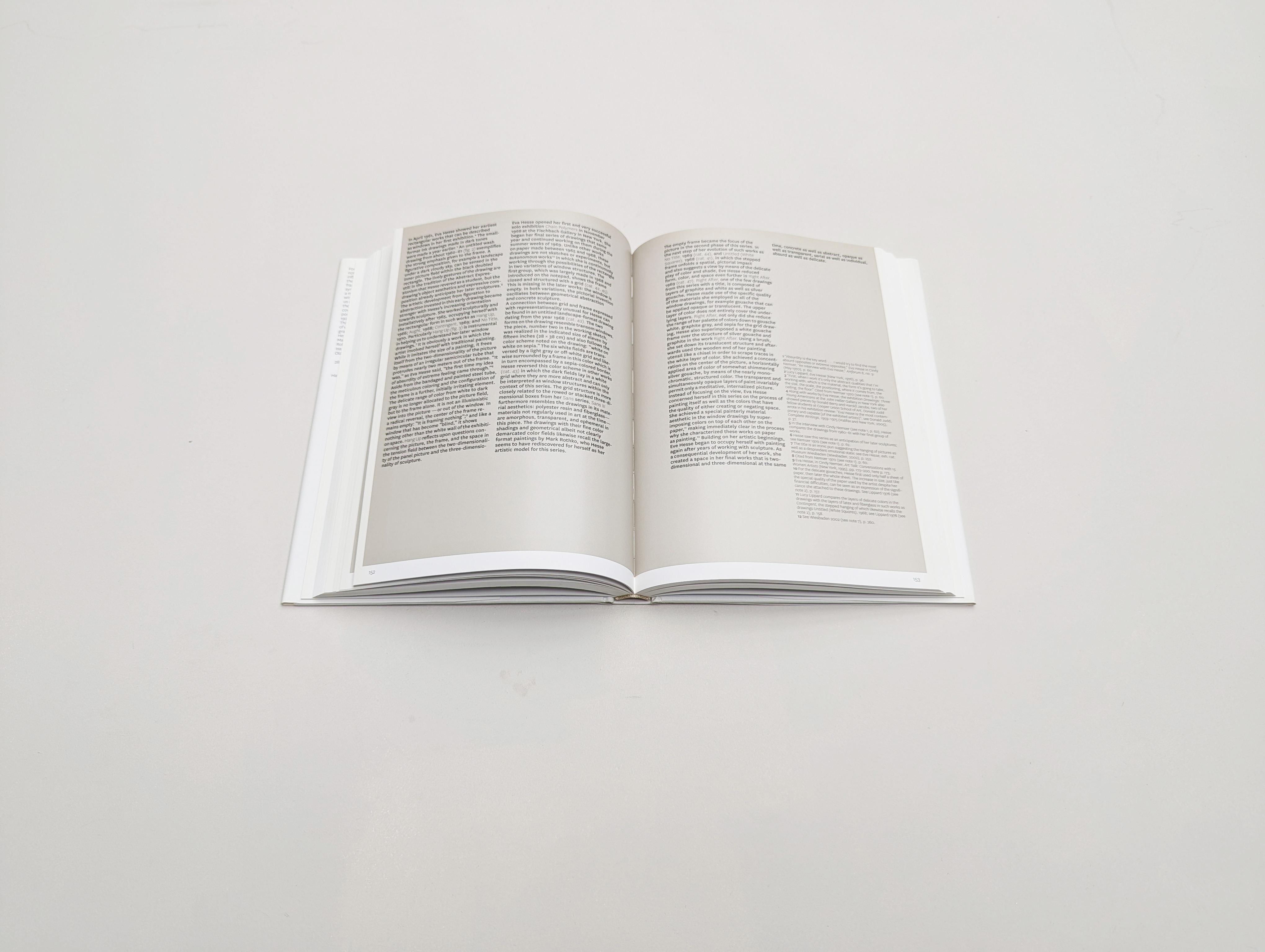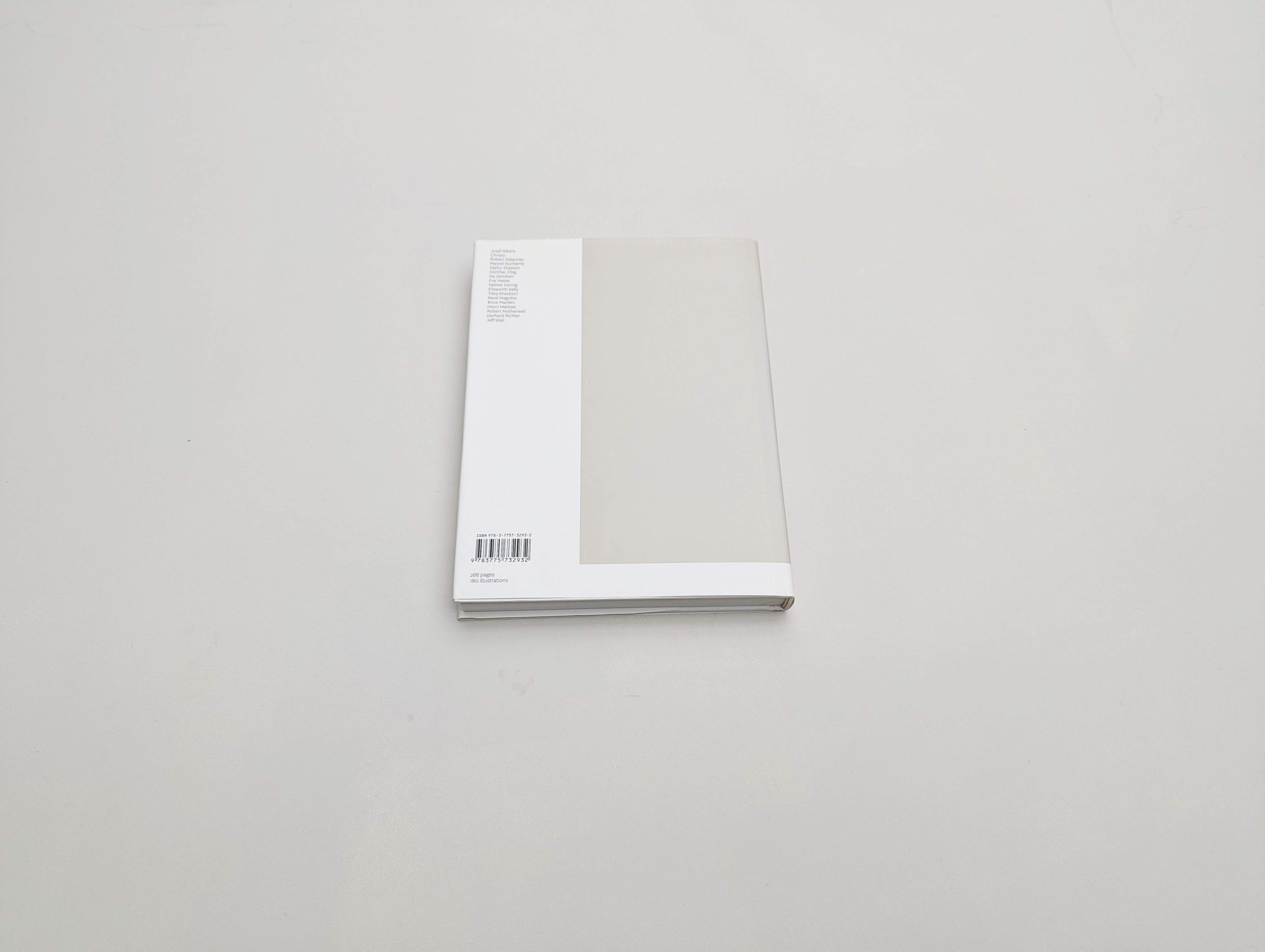



Fresh Widow: The Window in Art since Matisse and Duchamp
Caroline Käding
Formulated in 1434 by Leon Battista Alberti, the notion that a painting is like an open window influenced generations of painters. At the start of the twentieth century, the window, reduced to its framework, was employed as a motif and a symbol in order to test the function of painting as a means of reproduction.
To the degree that the window is empty, its painted depiction denies us a perspective of the world. With Fresh Widow, the replica of a French window whose panes are covered in black leather, Marcel Duchamp postulated a farewell from illusionist painting in 1920.
This publication reflects on the development of window painting in art through essays on artists such as Robert Delaunay, Henri Matisse, Marcel Duchamp, Rene Magritte, Ellsworth Kelly, Eva Hesse, Gerhard Richter, Gunther Foerg, and others.
Hatje Cantz
2012
Hardcover
25 x 18 cm
288 pages
Price on request
Enquire
Caroline Käding
Formulated in 1434 by Leon Battista Alberti, the notion that a painting is like an open window influenced generations of painters. At the start of the twentieth century, the window, reduced to its framework, was employed as a motif and a symbol in order to test the function of painting as a means of reproduction.
To the degree that the window is empty, its painted depiction denies us a perspective of the world. With Fresh Widow, the replica of a French window whose panes are covered in black leather, Marcel Duchamp postulated a farewell from illusionist painting in 1920.
This publication reflects on the development of window painting in art through essays on artists such as Robert Delaunay, Henri Matisse, Marcel Duchamp, Rene Magritte, Ellsworth Kelly, Eva Hesse, Gerhard Richter, Gunther Foerg, and others.
Hatje Cantz
2012
Hardcover
25 x 18 cm
288 pages
Price on request
Enquire